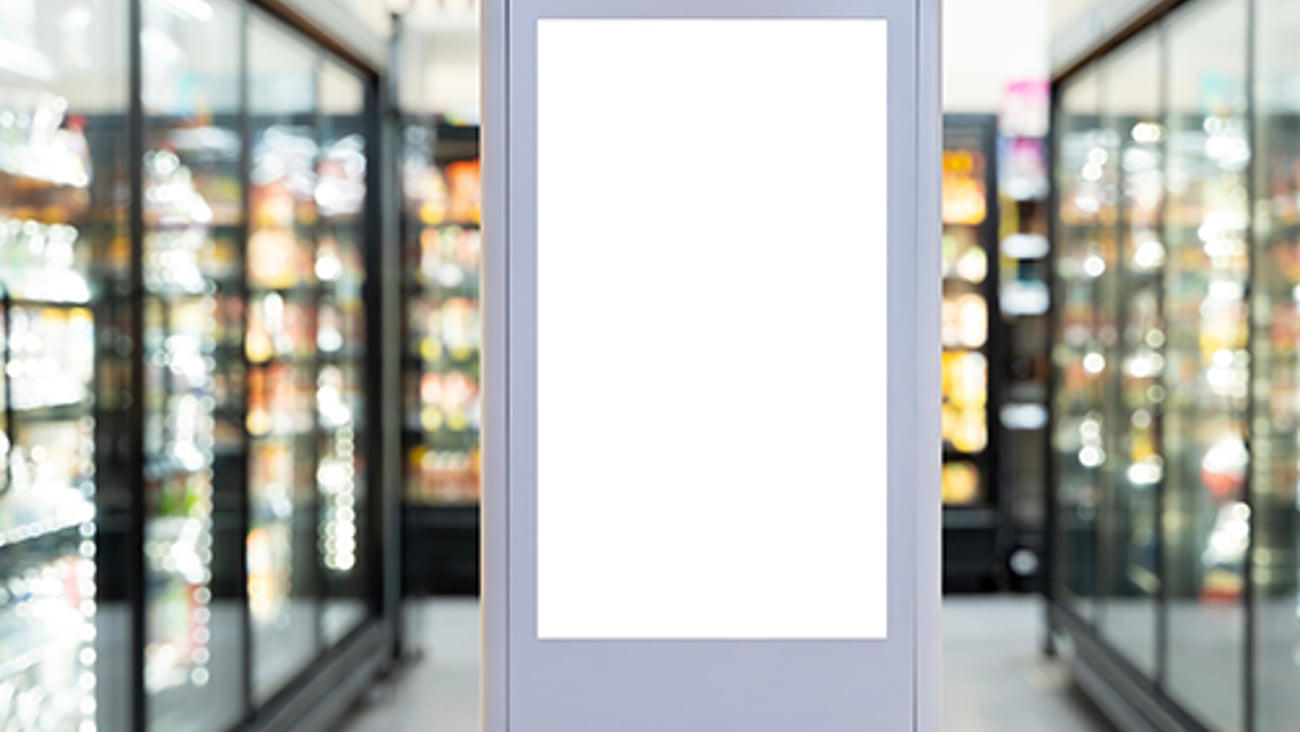Circular argument for marketing
Kroger’s switch in marketing strategy attracted a lot of attention earlier this year.
The grocery retailer said it was discontinuing the use of print weekly ad circulars in newspapers in certain markets. Its focus would instead be on digital ads, while print copies of circulars would still be available in stores.
This development was widely reported in the press and created a buzz on social media. You might ask why this print pullback would be considered such big news. Kroger certainly isn’t the first grocery chain to have made this kind of move, and some drug store chains have already done so as well.
The answer is that Kroger’s huge footprint guarantees a lot of customers will be impacted, and it provides further evidence that print is eroding as a retail marketing tool. Kroger said it considered customers’ changing media consumption habits, the contribution to sales from the printed circular, and the impact of distribution costs.
Data Spotlights Print Circular Usage
Recent industry research from FMI found that about three quarters of food retailers made use of print circulars last year, and those finding them very effective fell from 55% in 2021 to 38% in 2022. Digital circulars, meanwhile, were used by 89% of food retailers last year with 36% saying they were very effective.
Dennis Host, senior vice president, marketing and communications for food retailer Coborn’s, told me the most effective retailer digital efforts leverages personalization based on shopper data—such as from loyalty programs.
Two Perspectives on This Issue
Those supporting a transition from print to digital circulars point to benefits that include enhanced customer experiences, less paper and ink waste and better returns for retailers. Others contend, however, that eliminating access to print ads—and print coupons—would be unfair to customers who lack digital skills or don’t own digital devices, a group that may include older and lower-income shoppers.
Giant Eagle Adjusts its Circular Decision
The recent case of another retailer, Giant Eagle, shows how complex it can be to shift marketing in ways that impacts customer habits. The retailer had decided to stop distributing weekly ads in the mail and via local newspapers in markets that include Pittsburgh and Cleveland. However, the retailer adjusted course after just a couple of months by introducing a new print circular to be mailed to shoppers. This circular is just two pages\ and includes a QR code that takes shoppers to a more expansive list of deals on the retailer’s website.
The “Messy Middle”
Coborn’s Host says his retail operation is still “in the messy middle” on the print versus digital issue. “We still believe there is a place for print but have surgically cut print distribution over the last year,” he said.
Meanwhile, Coborn’s has launched a “dynamic digital circular” on its mobile app that enables the company to embed videos and recipe content to modernize the experience.
Letting the Market Decide
Decisions on marketing vehicles need to be based on the unique strategies and customer bases of each retailer. These choices are about far more than print or not print. The same FMI research, from its 2023 Food Retail Industry Speaks, tracks nearly 20 different marketing platforms being used by food retailers, from social media to TV/radio to in-store.
Clearly, retail marketers have a lot of tools to leverage as they analyze the changing landscape. Some are taking a middle ground on print circulars by reducing their availability but not completely eliminating them at this stage. That helps to avoid losing the engagement of a portion of the customer base as new strategies are put in place.





